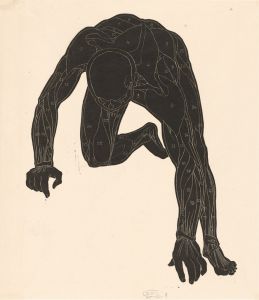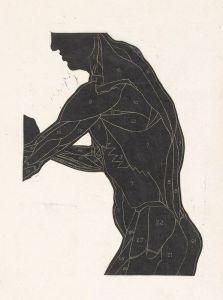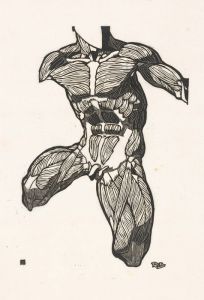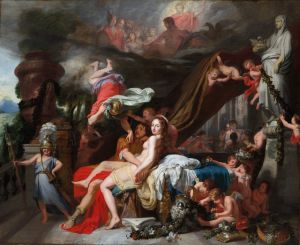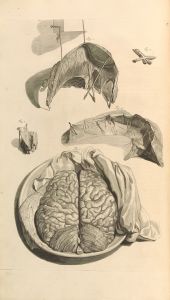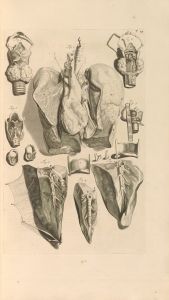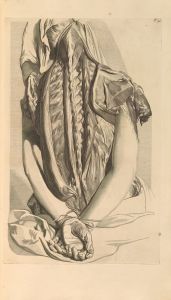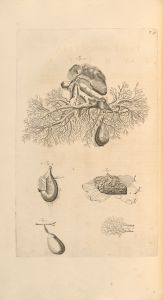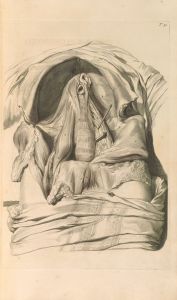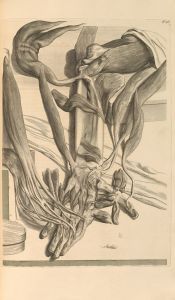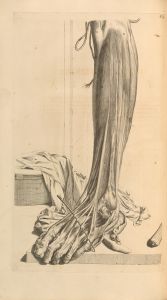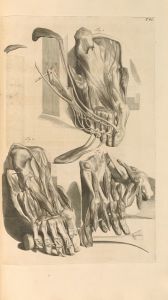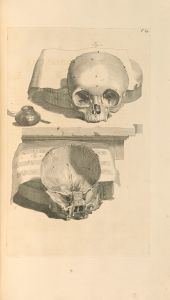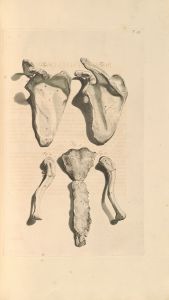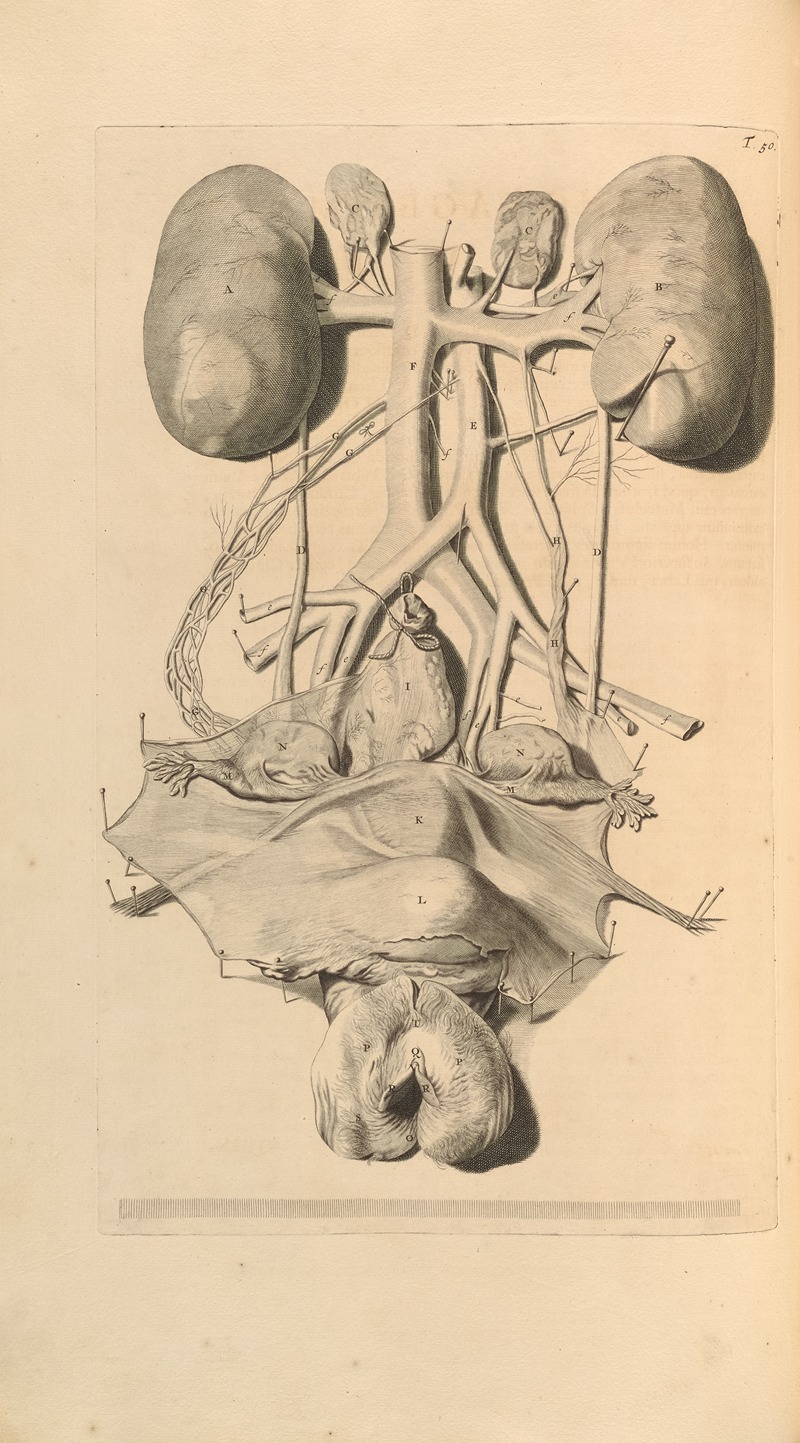
Anatomia humani corporis Pl.051
A hand-painted replica of Gerard de Lairesse’s masterpiece Anatomia humani corporis Pl.051, meticulously crafted by professional artists to capture the true essence of the original. Each piece is created with museum-quality canvas and rare mineral pigments, carefully painted by experienced artists with delicate brushstrokes and rich, layered colors to perfectly recreate the texture of the original artwork. Unlike machine-printed reproductions, this hand-painted version brings the painting to life, infused with the artist’s emotions and skill in every stroke. Whether for personal collection or home decoration, it instantly elevates the artistic atmosphere of any space.
"Anatomia humani corporis Pl.051" is an illustration by Gerard de Lairesse, a renowned Dutch Golden Age painter and art theorist. Born in Liège in 1640, de Lairesse moved to Amsterdam, where he gained prominence for his classical and Baroque style paintings. Despite his success as a painter, de Lairesse is perhaps equally well-known for his contributions to anatomical illustration, particularly through his collaboration with the Dutch anatomist Govard Bidloo.
The illustration "Anatomia humani corporis Pl.051" is part of a larger work titled "Anatomia Humani Corporis," which was published in 1685. This comprehensive anatomical atlas was created by Govard Bidloo and featured 105 detailed plates, many of which were drawn by de Lairesse. The atlas was significant for its time due to its detailed and accurate depictions of the human body, which were based on dissections and direct observations.
De Lairesse's illustrations in "Anatomia Humani Corporis" are notable for their artistic quality and scientific precision. Plate 051, like the other plates in the atlas, combines artistic skill with anatomical accuracy, providing a clear and detailed representation of human anatomy. The illustrations were intended to serve as educational tools for medical students and professionals, helping them to understand the complexities of the human body.
The collaboration between Bidloo and de Lairesse was a significant achievement in the history of medical illustration. Bidloo's expertise as an anatomist and de Lairesse's skill as an artist resulted in a work that was both scientifically valuable and aesthetically pleasing. The atlas was published in both Latin and Dutch, making it accessible to a wider audience.
Despite the initial success of "Anatomia Humani Corporis," the work faced criticism from some contemporaries, including the famous anatomist William Cowper. Cowper accused Bidloo of plagiarizing his own work, leading to a contentious dispute between the two. Nevertheless, Bidloo and de Lairesse's atlas remains an important historical document, reflecting the intersection of art and science in the late 17th century.
Gerard de Lairesse's contributions to anatomical illustration are a testament to his versatility as an artist. Although he is primarily remembered for his paintings, his work on "Anatomia Humani Corporis" demonstrates his ability to apply his artistic talents to scientific endeavors. De Lairesse continued to work as an artist and art theorist until his death in 1711, leaving behind a legacy that includes both his paintings and his anatomical illustrations.
In summary, "Anatomia humani corporis Pl.051" by Gerard de Lairesse is a part of the influential anatomical atlas created in collaboration with Govard Bidloo. The work is celebrated for its combination of artistic excellence and scientific accuracy, making it a valuable resource for the study of human anatomy in the late 17th century.





